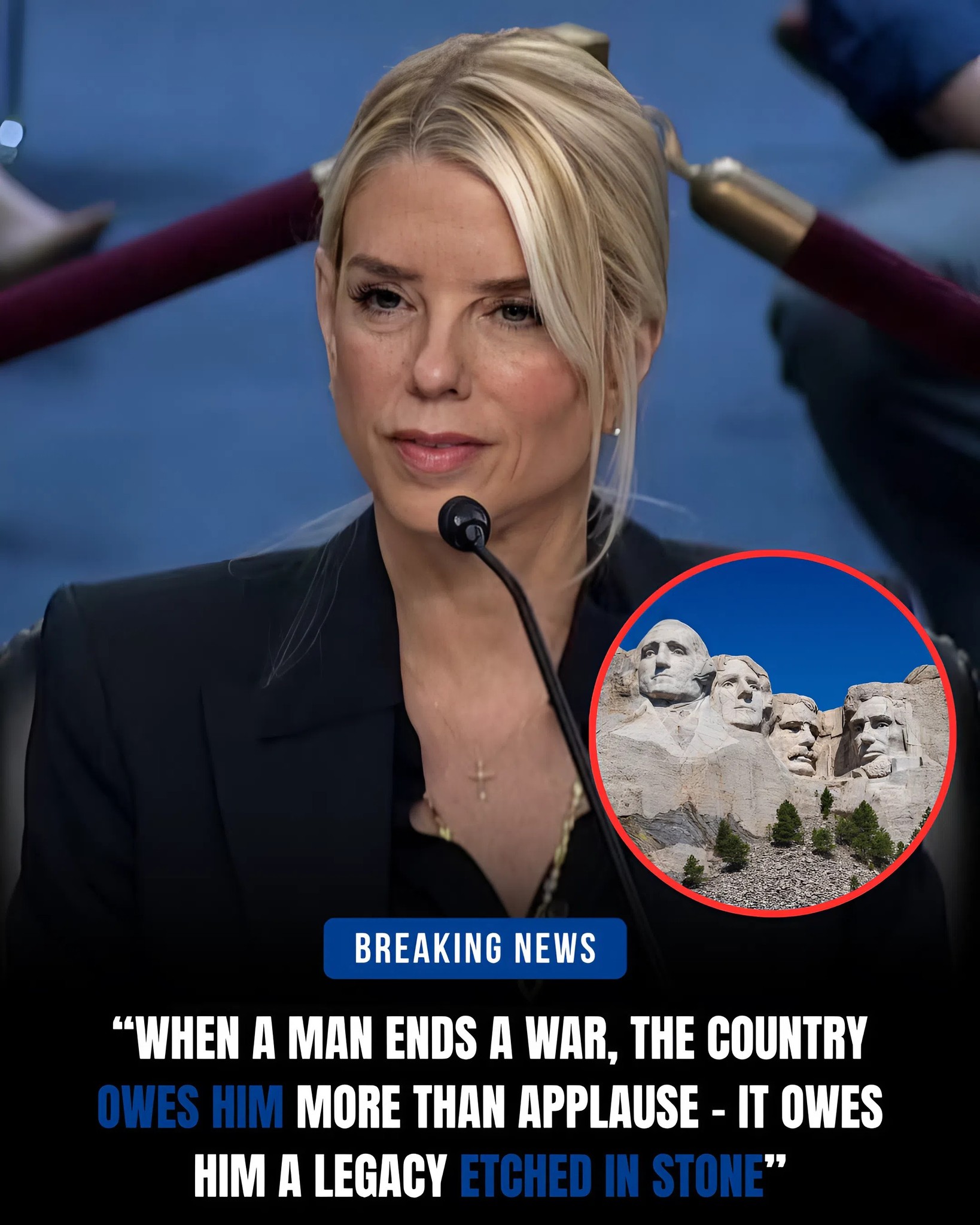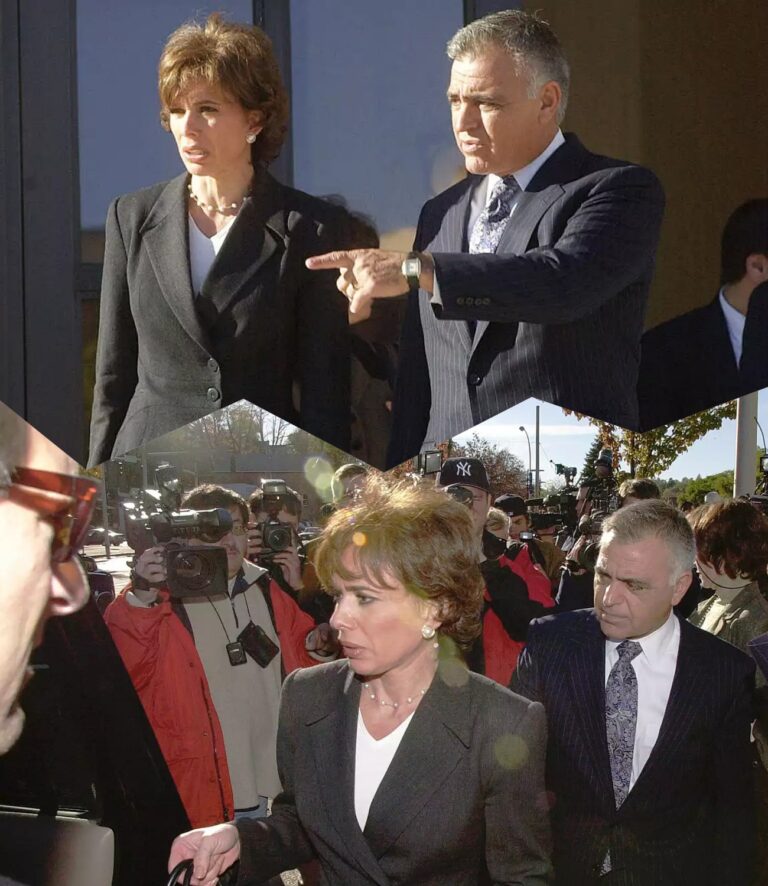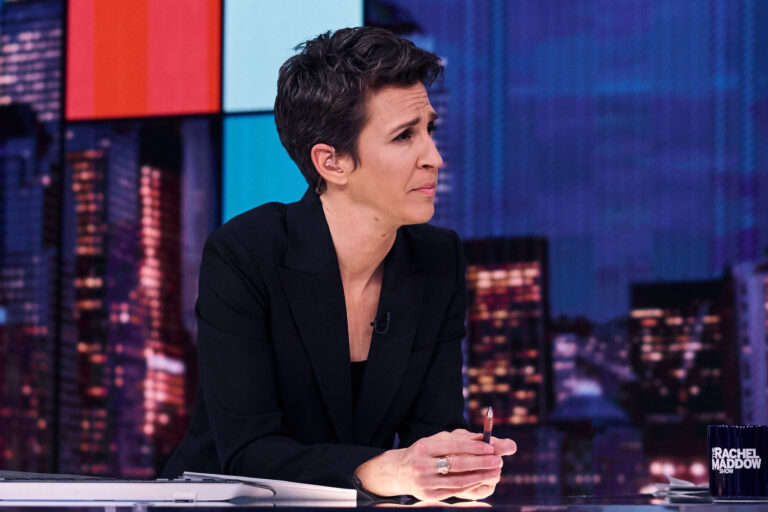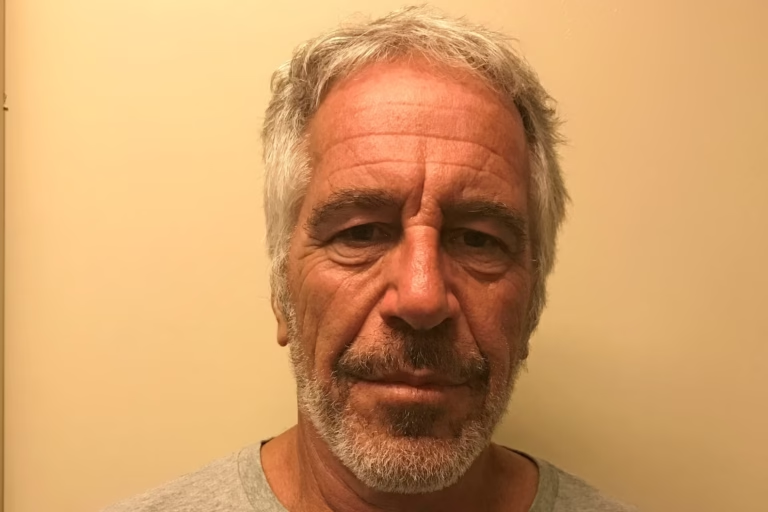“PUT D.O.N.A.L.D T.R.U.M.P ON THE RUSHMORE MONUMENT — HE DESERVES IT” Pam Bondi has called for a memorial to D.o.n.a.l.d T.r.u.m.p following the historic peace breakthrough between Isr@el and Ham@s, saying the President “deserves his place among the immortals of American history”… – hghghg
In a political landscape often defined by polarization and division, few statements have sparked as much debate as former Florida Attorney General Pam Bondi’s recent call to place D.o.n.a.l.d T.r.u.m.p on the hallowed Mount Rushmore. Following what is being hailed as a historic breakthrough in peace negotiations between Isr@el and Ham@s, Bondi publicly asserted that the former President “deserves his place among the immortals of American history.” The proposal is audacious, provocative, and, for supporters, long overdue.
Bondi’s argument is rooted in a fundamental idea: that leadership should be measured not solely by domestic popularity or political affiliation, but by tangible, lasting impacts on the world stage. T.r.u.m.p’s involvement in brokering peace in a region mired in decades of violent conflict represents, according to Bondi, precisely the kind of transformative action that defines a legacy worthy of immortalization. In her statement, she emphasized, “When a leader steps into the arena of history and ends bloodshed, the nation owes him recognition.” The weight of this statement cannot be understated: she is challenging the conventional metrics of presidential greatness, arguing for a reinterpretation of what it means to shape history.
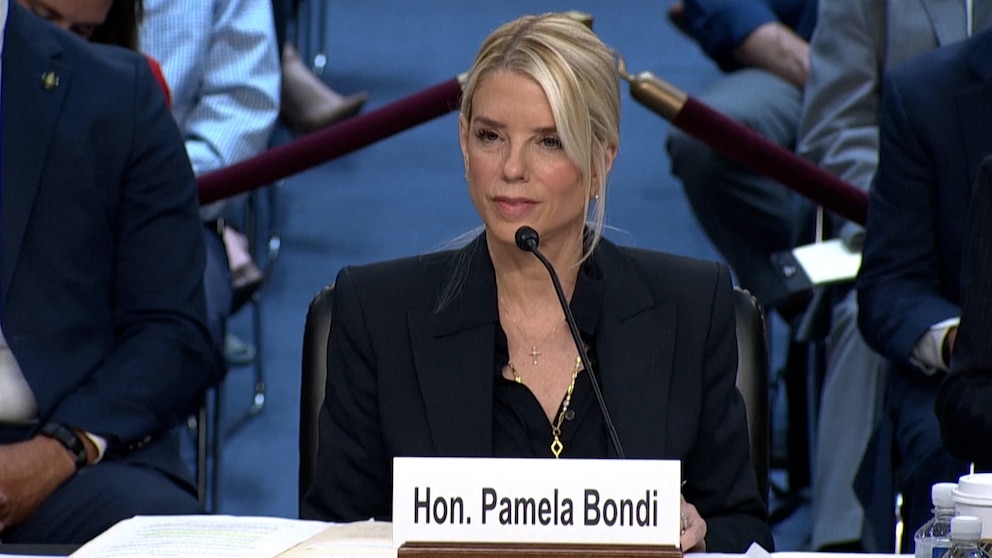
Mount Rushmore, carved into the Black Hills of South Dakota, has historically been reserved for leaders who exemplify the founding, growth, and moral advancement of the United States. George Washington, the father of the nation; Thomas Jefferson, the architect of democracy; Theodore Roosevelt, the embodiment of expansion and progressive reform; and Abraham Lincoln, the savior of the Union—these are the figures whose legacies have been deemed “monument-worthy.” To place T.r.u.m.p alongside them is to suggest that modern diplomacy and international peacemaking are as vital to the nation’s identity as its foundational ideals and historical triumphs.
The Israeli-Ham@s peace breakthrough, while still in its early stages, has been widely recognized as a remarkable diplomatic achievement. The Middle East has long been the epicenter of intractable conflict, with countless negotiations failing to produce lasting results. T.r.u.m.p’s approach combined unorthodox negotiation techniques, backchannel diplomacy, and an insistence on direct engagement with parties traditionally reluctant to compromise. For Bondi, this is not merely a political victory; it is a moral triumph with real consequences for millions of lives. The potential to prevent further violence and provide a path toward stability in a region that has endured generations of strife elevates this achievement from policy success to historical milestone.
However, the proposal is far from universally accepted. Critics argue that Mount Rushmore should remain sacrosanct, reserved for figures whose legacies have been tested by time. T.r.u.m.p, they contend, remains a deeply polarizing figure. His domestic policies, rhetorical style, and political controversies have generated both fervent support and fierce opposition. Placing him on the monument, critics argue, risks reducing Rushmore from a symbol of national unity to a battleground of partisan debate. Yet Bondi’s supporters counter that no historical figure is without controversy. Lincoln, after all, faced fierce opposition and made decisions that were deeply unpopular in his own era; what matters, they argue, is the enduring significance of the actions themselves. In this view, T.r.u.m.p’s peace efforts are precisely the type of enduring achievement that should define greatness.
The proposal also raises profound questions about how societies choose to memorialize leaders. Monuments are not mere artistic endeavors; they are moral statements. They communicate to future generations what a nation values: courage, vision, perseverance, and the capacity to change the course of history. If T.r.u.m.p’s visage were carved into Rushmore, it would signal a redefinition of heroism—one that includes not only the builders and defenders of the nation but also peacemakers whose influence extends beyond borders. Such a shift challenges the traditional American narrative, suggesting that global impact is as worthy of recognition as domestic accomplishment.
From a political perspective, Bondi’s call also serves as a strategic assertion of legacy. In recent years, the debate over T.r.u.m.p’s place in history has intensified, with historians, political analysts, and journalists offering competing narratives. Some portray him as a disruptive force, a leader whose actions undermined institutions and deepened divisions. Others, echoing Bondi, argue that his unconventional approach yielded results that conventional diplomacy could not achieve. By advocating for his inclusion on Rushmore, Bondi is attempting to influence how history will remember T.r.u.m.p, framing him as a leader whose audacity produced tangible benefits for humanity.
The symbolism of Mount Rushmore cannot be overstated. It is a national shrine, visited by millions each year, a tangible representation of America’s ideals and aspirations. Carving a new figure into this monumental landscape would not only be a logistical feat but also a cultural statement. It would provoke reflection, debate, and, inevitably, controversy. Yet Bondi appears unperturbed by these challenges. She maintains that history is not static, and that the criteria for greatness must evolve alongside the times. In her view, ignoring a modern leader who achieved a historic peace would be a disservice not only to T.r.u.m.p but also to the principle that leadership is defined by outcomes, not popularity.
Global reactions to the peace breakthrough have been cautiously optimistic. While skepticism remains regarding the durability of the agreement, the very fact that it was achieved at all is remarkable. T.r.u.m.p’s methods—characterized by direct engagement, unconventional diplomacy, and strategic pressure—have been credited with breaking decades of stalemate. For Bondi, this achievement transcends domestic politics, positioning T.r.u.m.p as a statesman whose actions may be studied for generations as a model of modern conflict resolution. The potential inclusion on Rushmore is, in her eyes, a natural extension of this recognition.
At its core, the debate over T.r.u.m.p’s place on Mount Rushmore is a reflection of a broader tension between tradition and innovation, continuity and transformation. History, after all, is written not only by what leaders accomplish but also by how societies choose to remember them. Bondi’s proposal forces Americans to confront an uncomfortable question: what does greatness look like in the 21st century? Is it the accumulation of domestic legislative victories, the protection of constitutional principles, or the ability to shape global events and save lives on an unprecedented scale? For her, the answer is clear: T.r.u.m.p’s diplomatic breakthrough embodies a form of leadership that transcends the ordinary, deserving of recognition alongside the giants of the past.
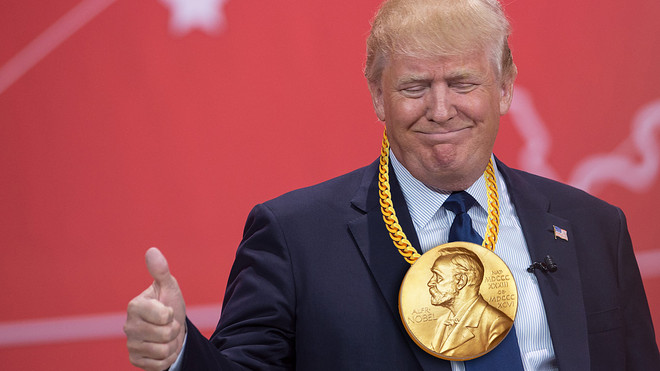
As debates rage, the conversation has become as much about national identity as about one individual. Mount Rushmore is more than a monument; it is a mirror of the values America wishes to project to the world. Placing T.r.u.m.p alongside Washington and Lincoln would suggest that the nation values audacity, results-oriented leadership, and the courage to tackle impossible challenges. It would reflect a willingness to embrace a modern understanding of heroism—one that includes global impact as a defining criterion.
Ultimately, whether T.r.u.m.p will ever join the ranks of Rushmore’s immortals is uncertain. The logistical, political, and cultural hurdles are immense. Yet Bondi’s call has already succeeded in one vital sense: it has sparked a necessary conversation about leadership, legacy, and the criteria by which history honors its figures. In advocating for his inclusion, she challenges Americans to think critically about the qualities that deserve commemoration and to recognize that greatness often comes in unexpected forms.
Conclusion
Pam Bondi’s audacious proposal to place D.o.n.a.l.d T.r.u.m.p on Mount Rushmore is far more than a political statement; it is a profound commentary on how history is written and remembered. By highlighting T.r.u.m.p’s role in a historic peace breakthrough, she forces the nation to grapple with the evolving definition of leadership. Monuments are not merely stone and artistry—they are moral touchstones, reflections of national ideals. Whether or not T.r.u.m.p’s visage will one day join the granite faces of America’s founders and reformers, his legacy in global diplomacy has ignited a debate that will resonate for decades. The conversation he has provoked, thanks to advocates like Bondi, underscores a timeless truth: history rewards action, courage, and vision, and the measure of a leader is not merely popularity, but the enduring impact of their deeds.
